

29/02/2012: Happy Leap Year!
46 BC: despite a ludicrous astronomical knowledge, mathematics without the zero and no computers, our ancestors had determined as early as the antiquity that a year equaled 365.25 days.
Julius Caesar, the leader of the first great occidental empire, decreed the advent of the Julian calendar.
In order to compensate the extra fourth of a day, the Romans created the concept of “Lap year” by adding one extra day to the month of February, every four years.
The new Catholic Church appropriated this calendar. Quickly, it was utilized in the Christian world, in some Orthodox countries as well as in some regions of the Maghreb.
1582: at the culmination of its glory, the Roman church realized that the year was measured with 11 extra minutes, generating after 16 centuries, a cumulative lag of 10 days more than the solar calendar.
Once this error was corrected, the calendar was modified to feature a year of 365.2425 days and gave birth to the Gregorian calendar.Hence, to perfect the correction, the “excess” must be removed.
As a consequence, the centenary lap years (1800, 1900) are not counted, except for the centenary divisible by 400 (1200, 1600, 2000).
1776-1789: thanks to the dynamism of English speaking countries and the colonization of the New world, the usage of the Gregorian calendar spreads. The year 1776 is of course the year of the Declaration of Independence of The United States. A few years later, France makes its own revolution. It is during these years of revolutionary turmoil that the great elders (those from horology, not from Lovecraft’s), Sarton, Dieudonné, Hubert, create the principles of the QP.
The first Perpetual Calendar ever is of course the Marie-Antoinette by Abraham-Louis Breguet; the manufacturing of this piece started in 1783 (and ended in 1827).
But what is a QP, or “Quantime Perpetuel”, or Perpetual Calendar?
It is a watch that displays: the day of the week, the month, the date, all without adjustment for the leap years.
Theoretically, there is no need to adjust the date of a QP regularly winded, it automatically adds a 29th day to February every four years.
A QP currently displays : the day/night, 24 hours, the moon phase, the leap year on a base 4 indicator (witch looks like a Maltese cross, allowing for the count of the 02/29).
In some rare cases, it displays : the year (2009-2010-2011-2012), the Equation of time(actual solar time), the rank of the week in the month, or even a 1000 year counter.
NB : the name « Perpetual calendar » is inappropriate; it would be suitable per the Julian calendar, but 99.9% of the actual QP don’t encompass the Gregorian calendar’s particularities.
To be precise, one will have to talk about the “Centenary calendar” or the “Julian Quantime”.
NB2 : per our modern technology’s calculations, the year duration seems to be closer to 365.242198 days, hence the calendar is still not right.
In the field of precision as well as that of the calendar, the accuracy remains a quest.
2012, a leap year : The Perpetual Calendar remains a mother of all complications.
Indeed, it is the emblematic complication at Patek Philippe, the most prestigious brand of the watchmaking industry.
For many watch collectors, the Patek with Perpetual Calendar produced in the 30’s and 60’s, are the pinnacle of the classic wristwatch. Nowadays, it is an essential work for all the brands who wish to demonstrate their know-how.
From Patek to Lange&Söhne, and from Thomas Prescher to De Béthune, this ever-renewed complication represents the Graal for many watch lovers.
4 years of photos of QP, starting on the 02/29/2008 :
The Patek 5208 : the most superlative Patek wristwatch in recent years.
Presented at Baselworld 2011, it regroups the most desirable complications for the aficionados of Patek: minute repeater, chronograph and Quantime Perpetuel: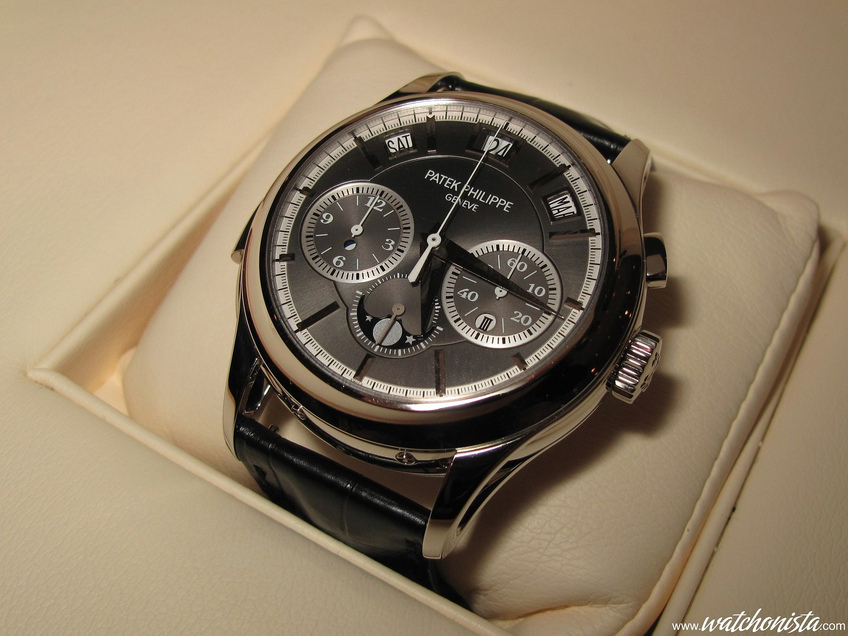
The QP1 from Prescher: one of the finest QP, 39mm. Its special feature: all the hands are fitted on the central axis (except the Lap Year, located at 6 o’clock):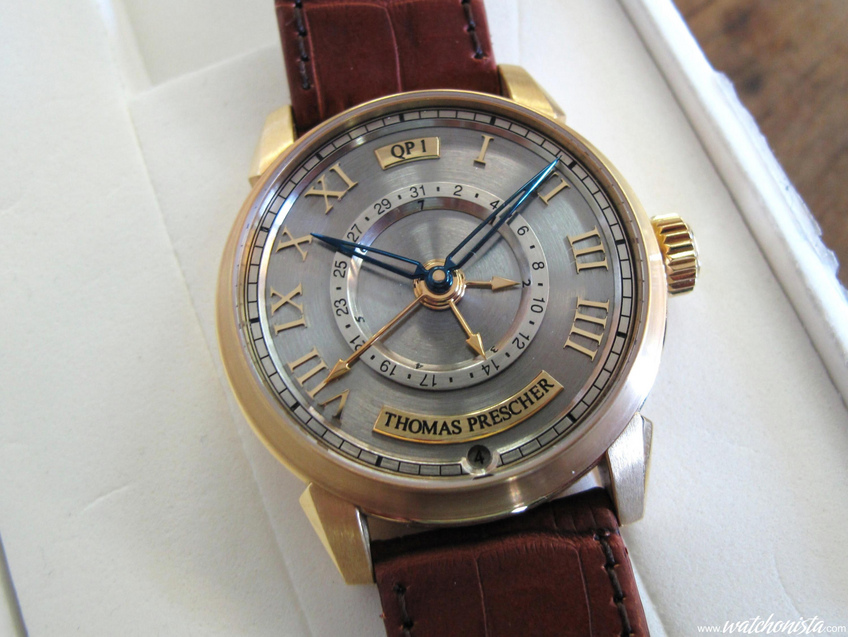
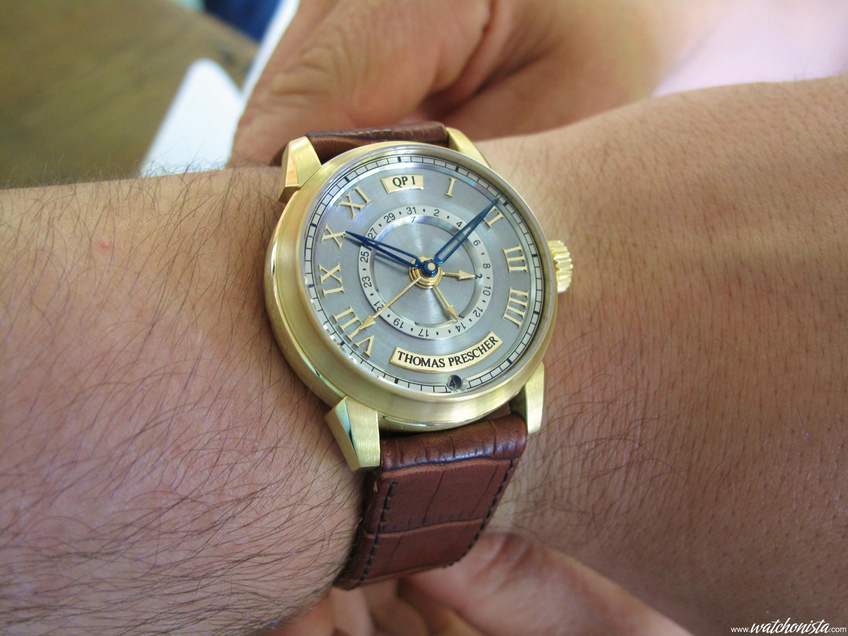
The Jules Audemars Russe II: this pocket watch special feature is that it displays both the Gregorian and Julian calendars: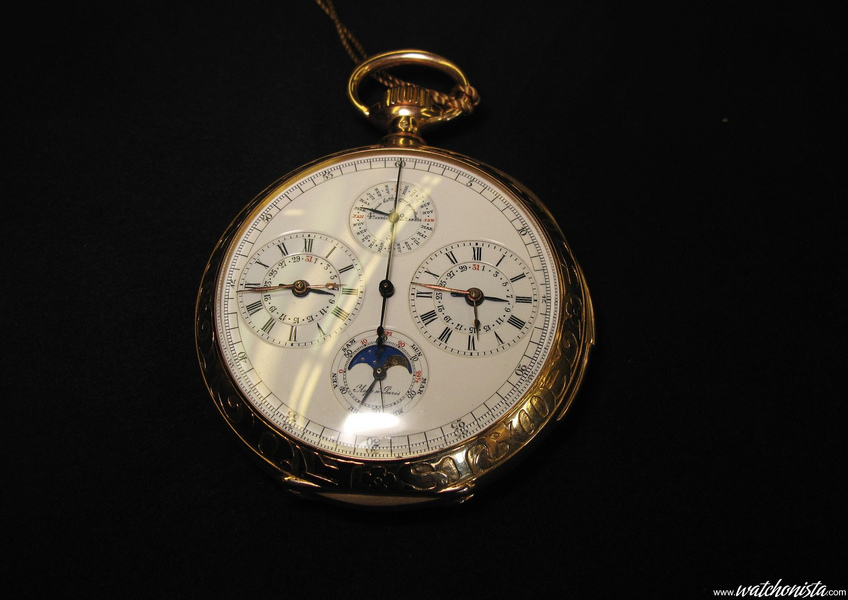
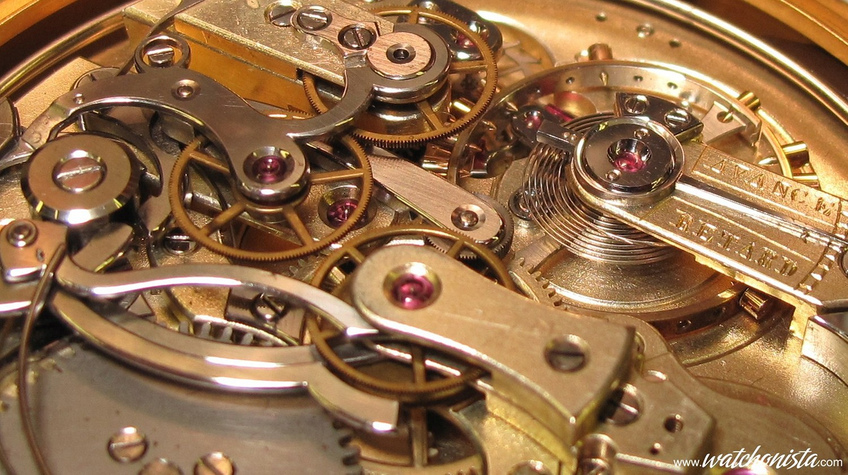
The De Béthune DB25 QP: once again one of the finest QP, featuring the fabulous De Bethune 3D moon, on a futuristic home made movement: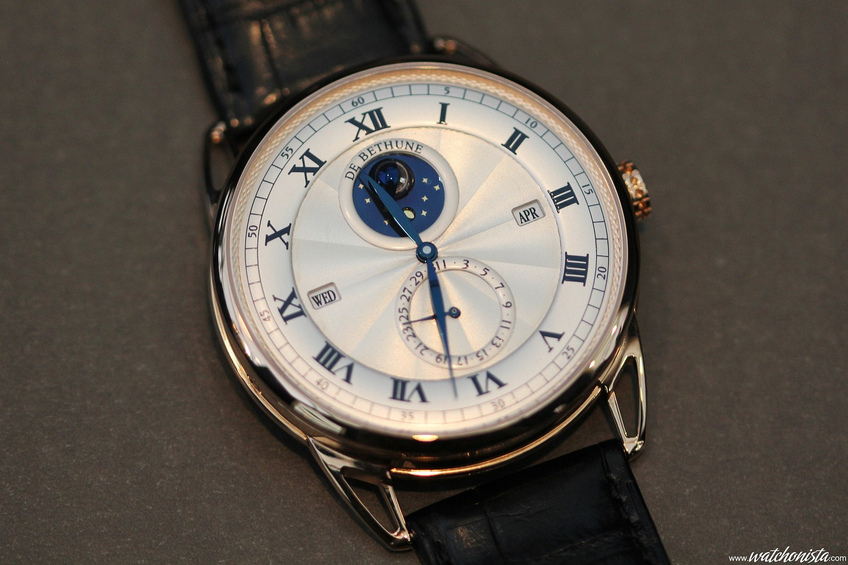
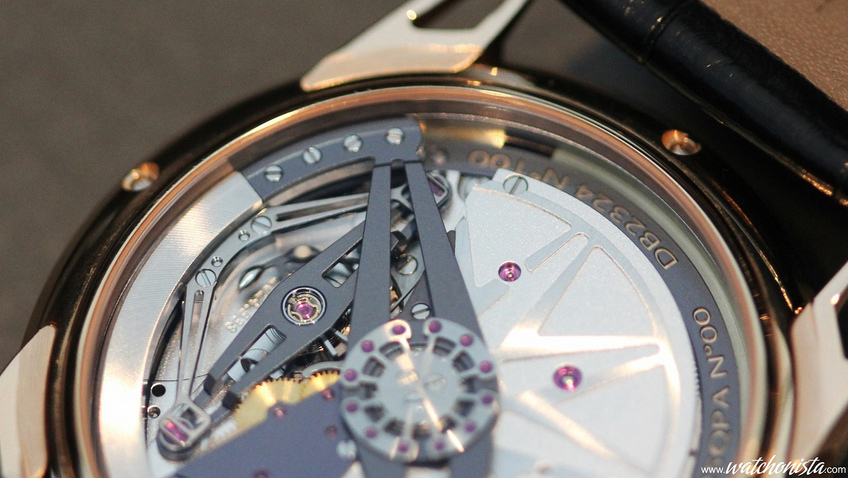
The Vianney Halter Antiqua: a Steampunk wonder, keeping with the spirit of the watchmaking founding fathers; Vianney Halters signs one of its major works: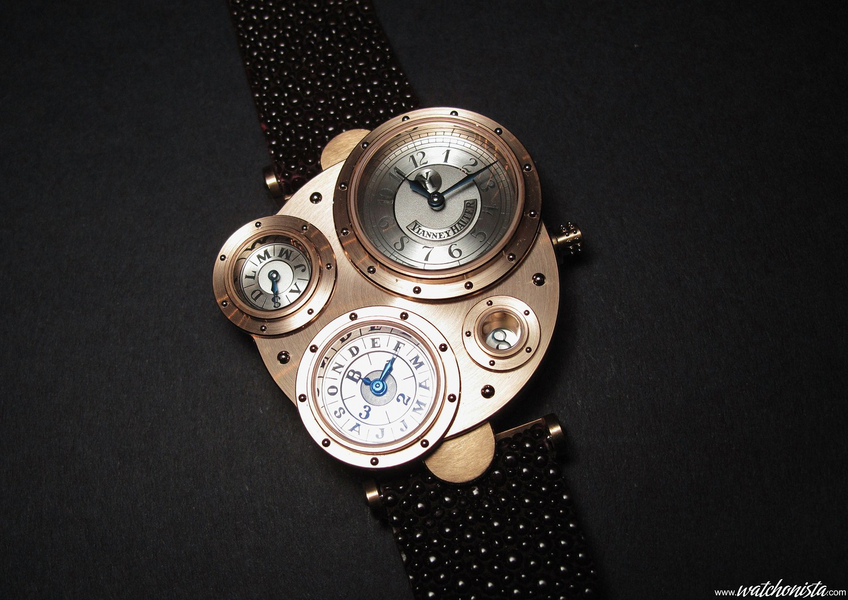
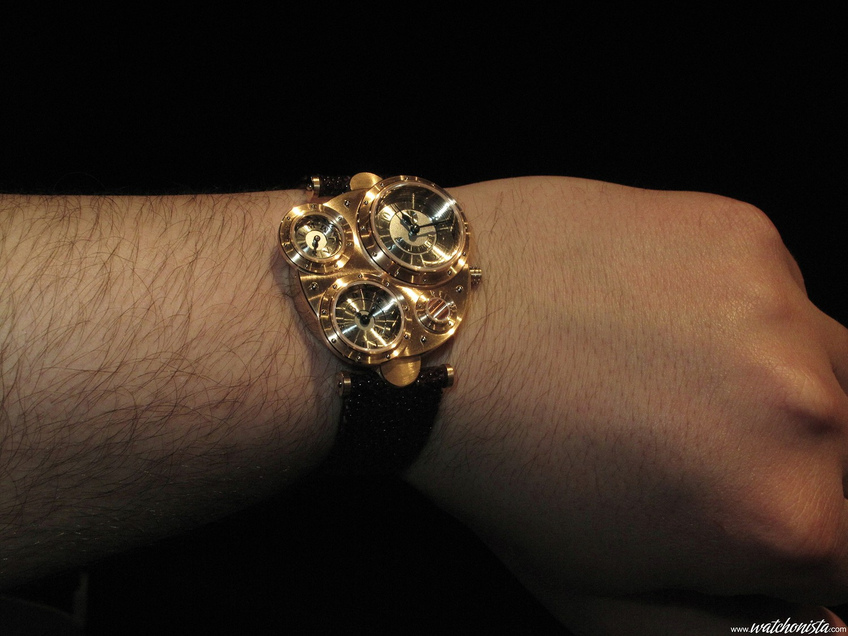
The Lange&Söhne Datograph Perpétuel: all the advantages of the Datograph, featuring a superb grey dial and a 41mm watchcase: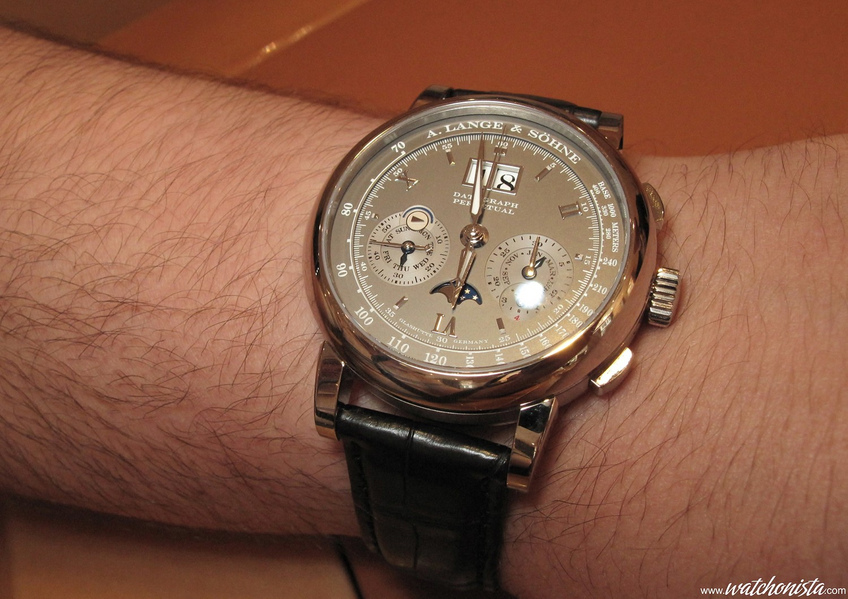
The Lange&Söhne 28218: a very large complication by Lange, on the market in 1909.
The 59mm hunter case contains: a minute repeater, a split second and of course a QP: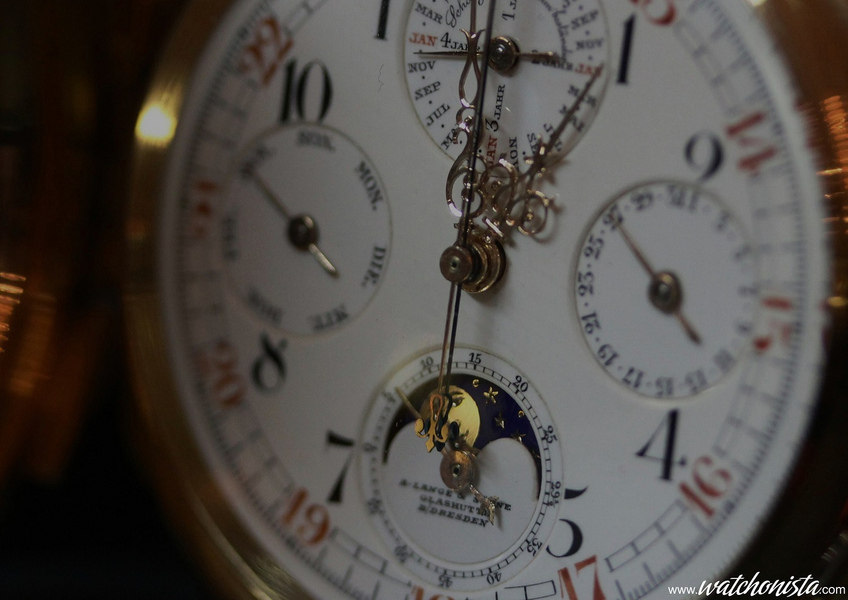
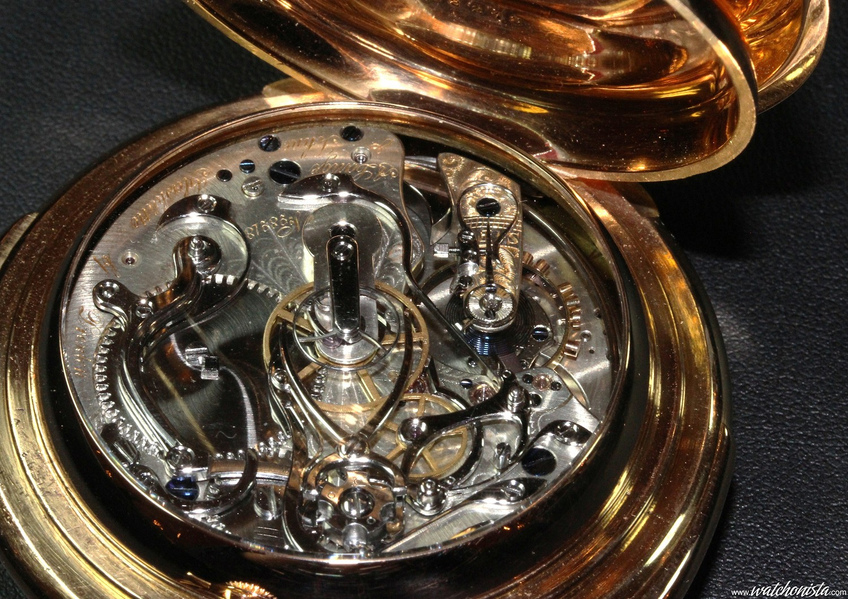
The Lange1 Tourbillon Perpetual Calendar: an extremely discreet model presented at the SIHH2012, the tourbillon is completely hidden. Better or worse, depending on the point of view: this tourbillon is fitted as if the watch featured a full case back. The QP also blends very well in the Lange1’s adornments: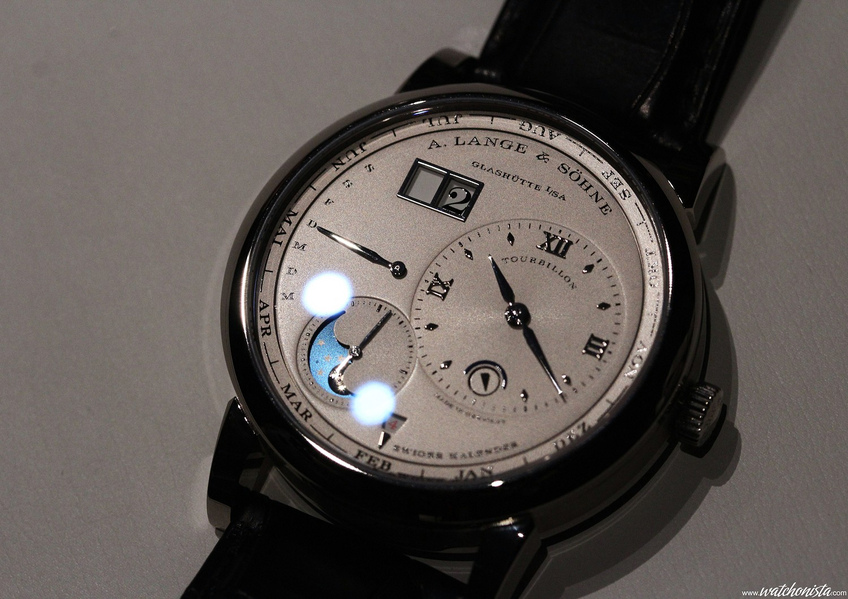
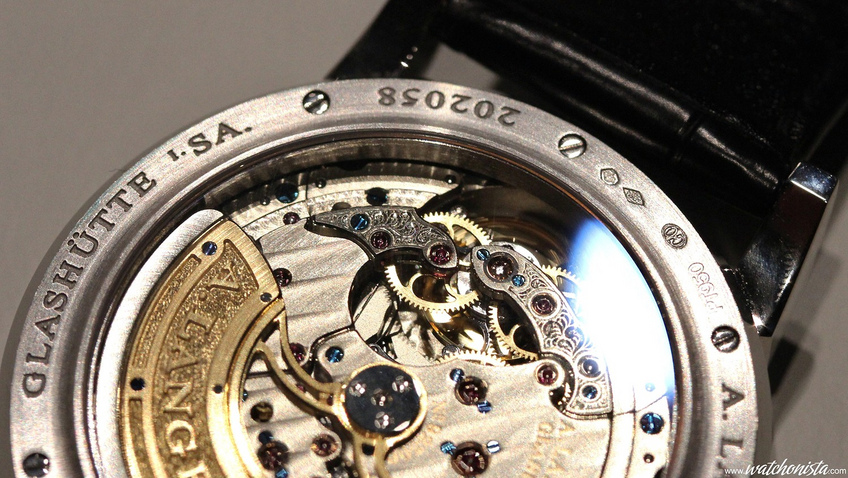
The Loiseau 1F4: this hand made watch (that is: without numerical machining), is one of the most complex wristwatch’s QP in the world. Only two copies will be produces every year: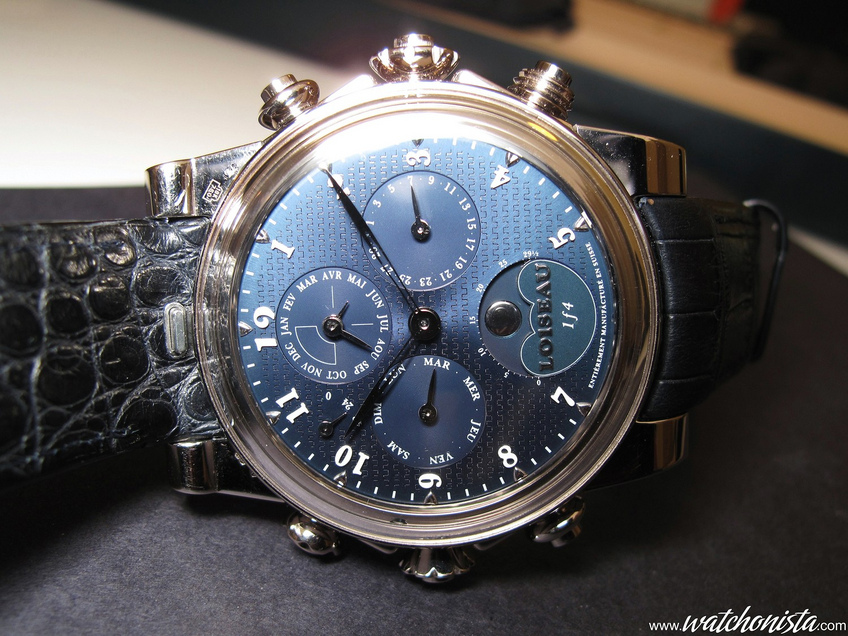

The Urwerk 1001 Zeitdevice: this instrument-watch almost weighs 500 grams, and it features a 1000 year calendar!! It would perfectly match with a Space Marine’s gear: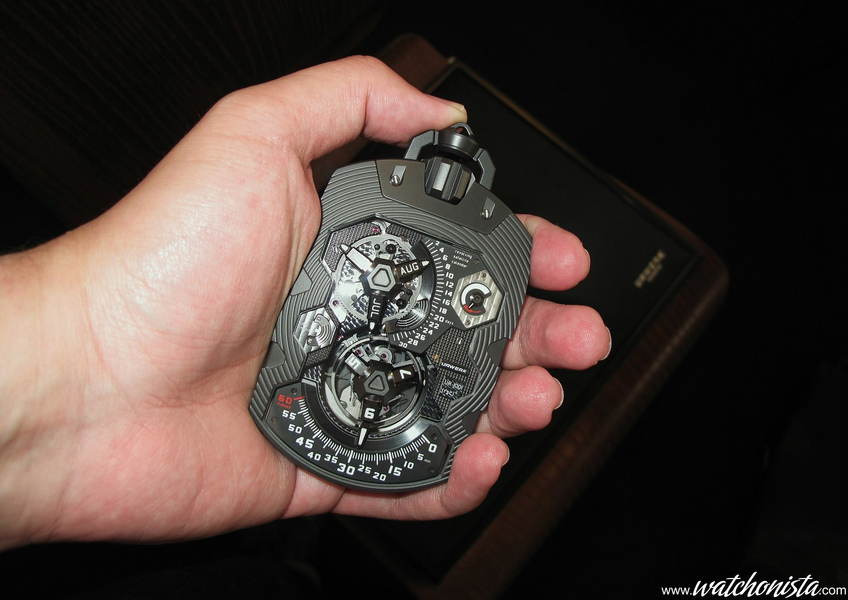
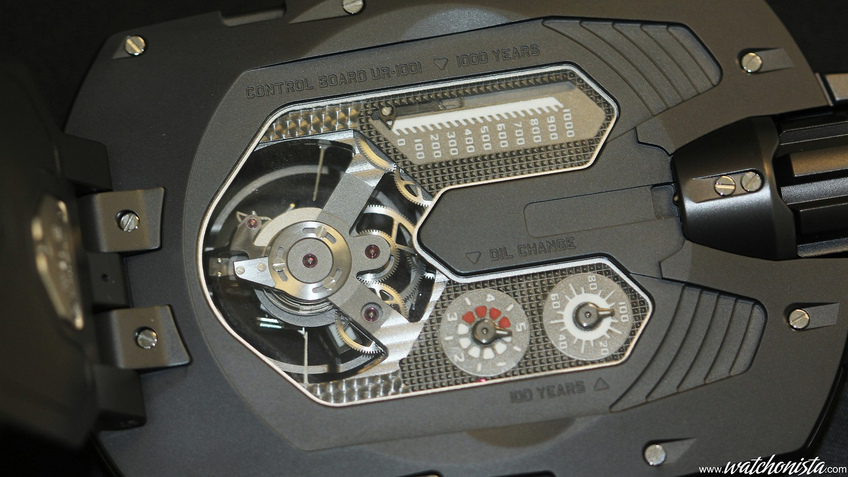
The Patek Philippe 1518 vintage : the first QP+chronograph, a master piece of balance and poetry with its XL moon phase, enough to convert its most virulent detractors to the Patek myth: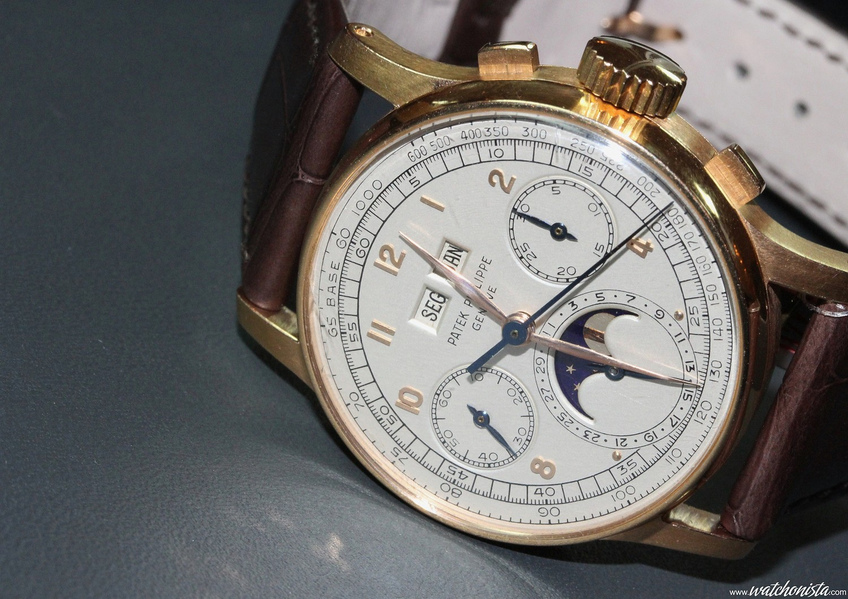
The Patek Philippe 5270: a modern version of the Patek 1518; It features the new movement from « Chronographe de Manufacture ».
Here, it features a QP. It is a master piece of workmanship and elegance, which would convert any Paneristi into an absolute “Patekian”: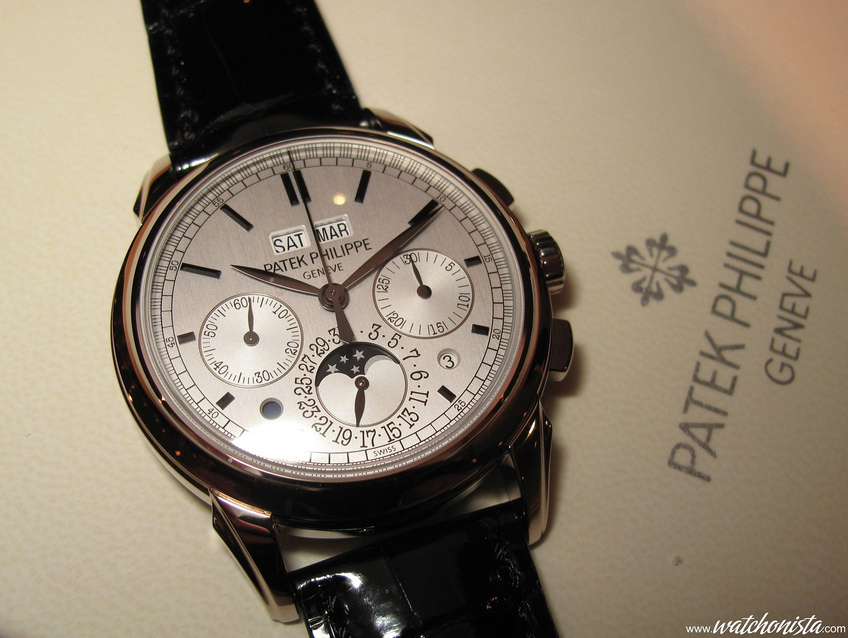
The outstanding Cal. 97443, the essence of Patek from 1894, five minute repeater, chronograph & Perpetual Calendar:
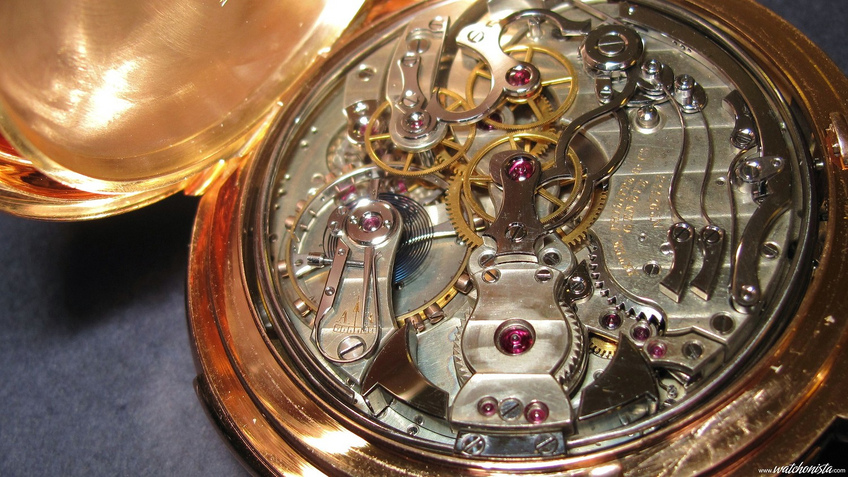
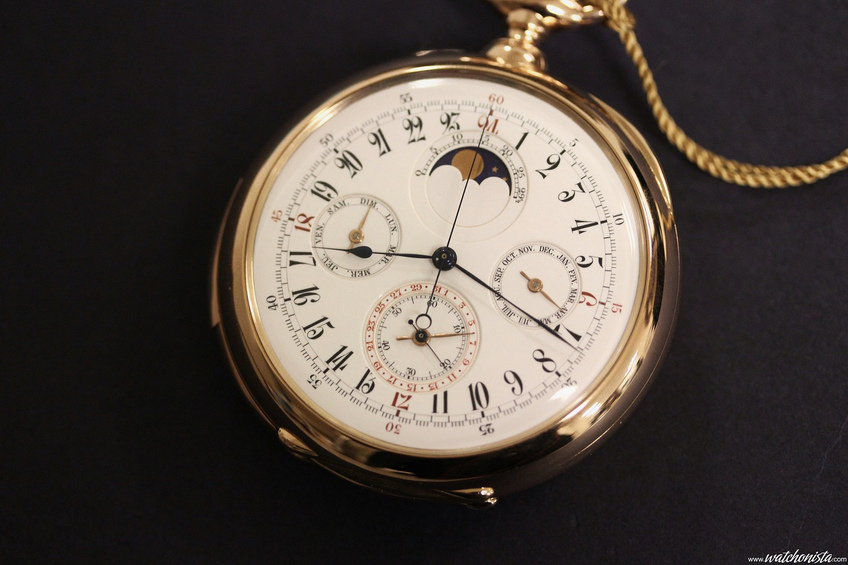
Many other Perpetuals Calendars in the Watchonista Album.
